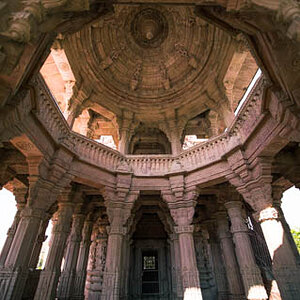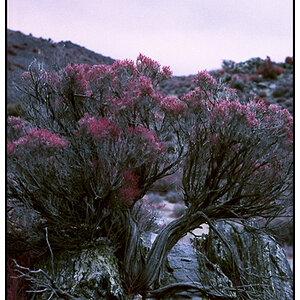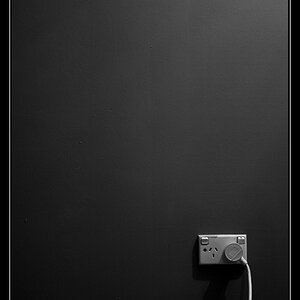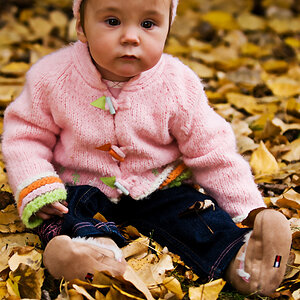Alpha
Troll Extraordinaire
- Joined
- Mar 15, 2005
- Messages
- 5,451
- Reaction score
- 41
- Location
- San Francisco
- Can others edit my Photos
- Photos NOT OK to edit
I seriously learned so much in 15 minutes reading this thread.....
Well If you were reading Jerry's posts I'm afraid you probably didn't learn much







